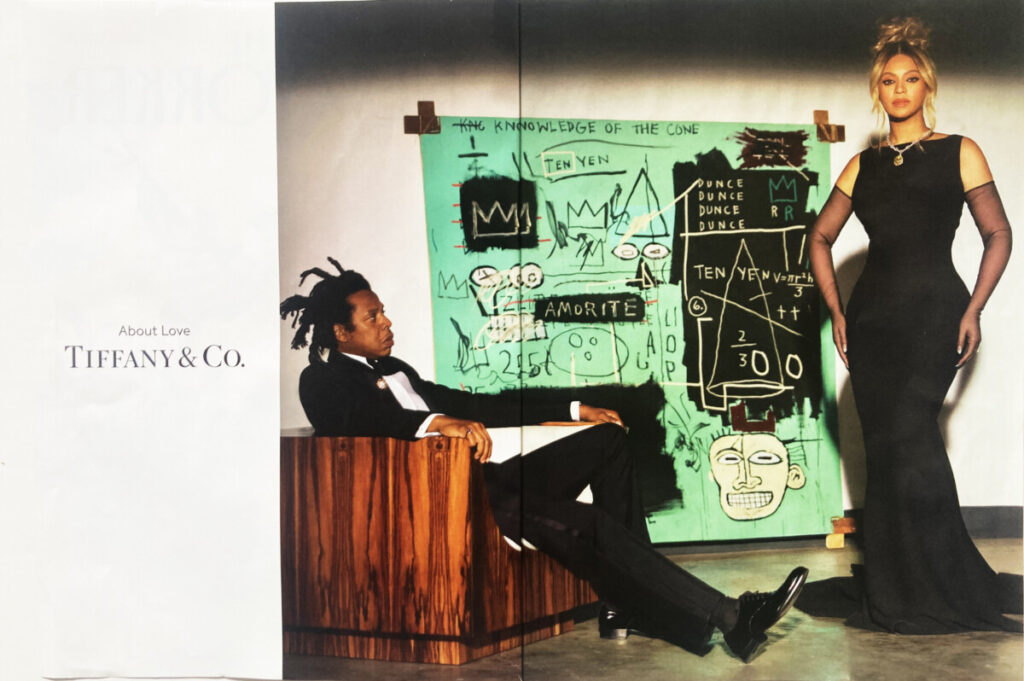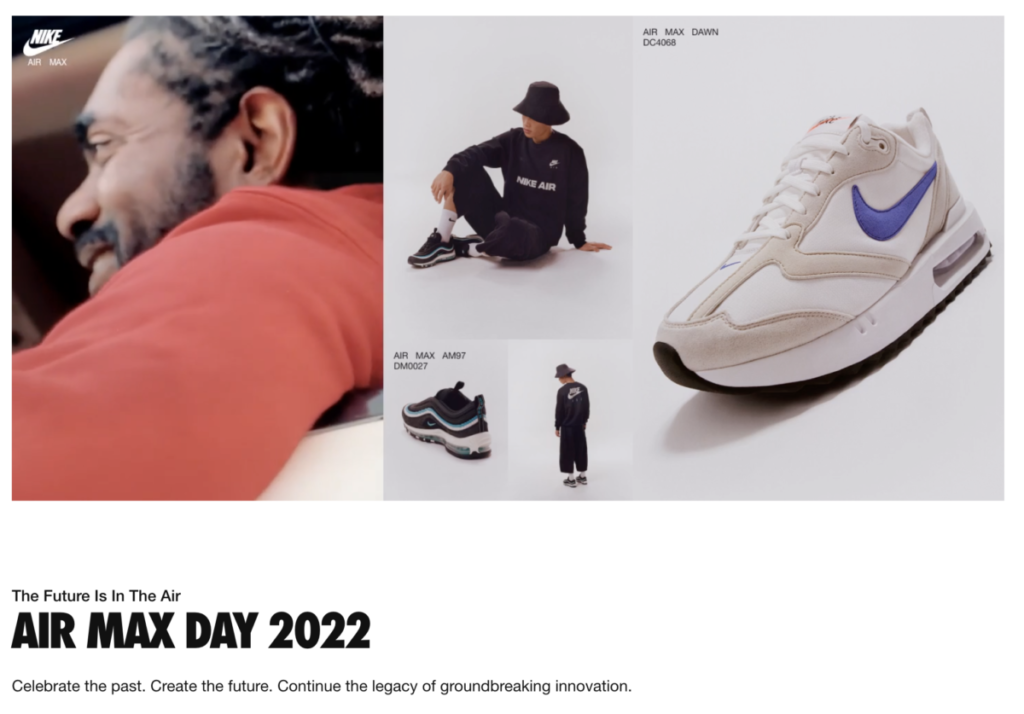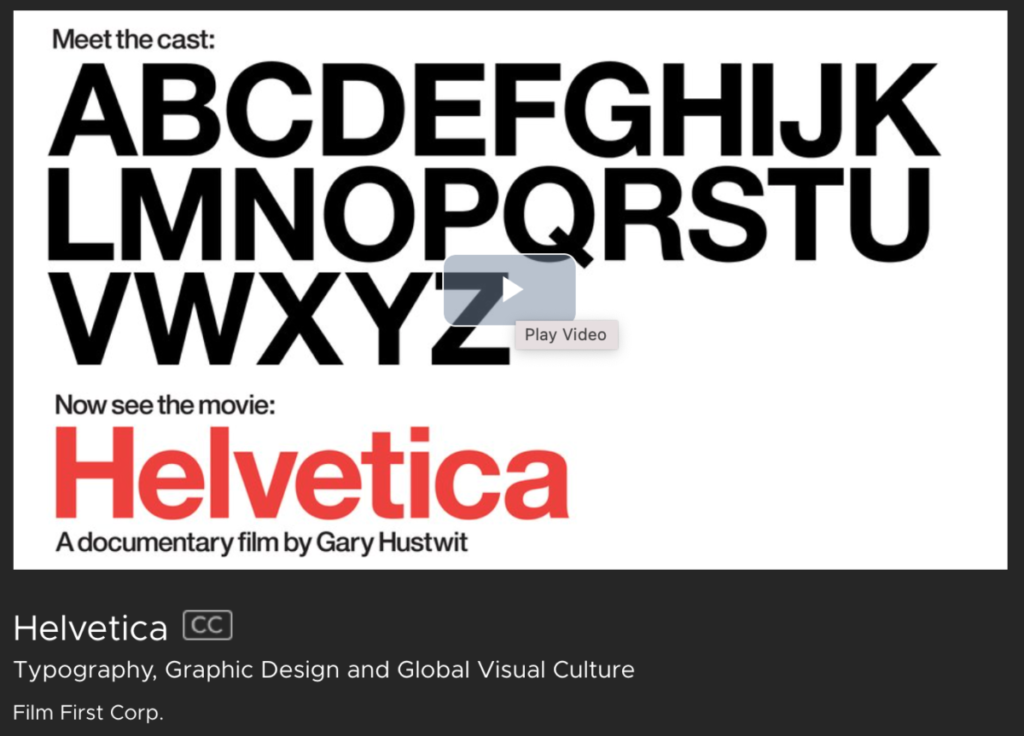Overview
Our next reading assignment includes 3 texts from designers who employed systematic approaches to their work.
According to Jan Tschichold, Karl Gerstner, and Josef Müller-Brockmann, How should one design?
For this one you can answer with 3-4 paragraphs, as usual, or you can create a visual response, incorporating text with design elements.
If you choose the visual response, use the systematic approach outlined in these texts to create your design, then upload a jpeg or pdf file.
The focus of these texts is the evolution of the International Style from the New Typography movement and the Bauhaus of the 1920-1940s to Swiss Typography and the embrace of European modernism of the 1950’s.
They are as follows: Jan Tschichold, The New Typography (1928):
Karl Gerstner, Designing Programmes (1964):
Josef Müller-Brockmann, Grid and Design Philosophy (1981):
Read Jan Tschichold, “The Principles of the New Typography” pg35-38,
Karl Gerstner, Designing Programmes pg55-61,
Joseph Muller-Brockman, “Grid and Design Philosophy” pg62-63
These are found in our main text Graphic Design Theory: Readings From the Field by Helen Armstrong.
Key Themes and Takeaways
Jan Tschichold, “The Principles of the New Typography” 1928
Tschichold possessed a deep knowledge of traditional graphics and type, but rejected virtually all pre-modern conventions after visiting the first Bauhaus exhibition in 1923. He published The New Typography three years later. In 1933 the ruling Nazi party imprisoned him for spreading Communist ideas. Shortly thereafter Tschichold fled to Switzerland, where he remained for the rest of his life, continuing to design, but rejecting the modern typographic principles of his early work.
-
- The new typography is defined by clarity and economy of expression, as opposed to ideas of beauty and ornamentation
- Typography must not arise out of preconceived ideas, but by developing form from the function of the text
- Asymmetry is optically effective, as it establishes definite, logical relationships within the text
- Standardization of type achieves clear and objective forms, as standardized building materials are necessary for architecture
- For the typographer ‘the most important requirement is to be objective’
Karl Gerstner, “Designing Programmes” 1964
Karl Gerstner’s approach to design embodies the International Typographic Style, aka the Swiss Style, in its systematic methods and formal rigidity. In Designing Programmes, Gerstner describes the quasi-scientific technique of establishing a programme to address design problems.
-
- There is no ‘absolute solution’ for design problems, only ‘programmes for solutions’
- ‘The creative process is to be reduced to an act of selection.’
- Systematic tools such as the ‘morphological box of the typogram’ provide the necessary components for the selection process
- The grid can be a ‘proportional regulator’ but is not a programme onto itself
Joseph Muller-Brockman, “Grid and Design Philosophy” 1981
Grid Systems is a practical manual for grid-based design solutions, a theoretical treatise, and a brilliant example of the grid system at work. Müller-Brockmann’s strict rule-based methodology anticipates the digital workspaces that would come to dominate design in subsequent years. The short excerpt defines this philosophy.
-
- The grid is ‘an expression of a certain mental attitude’
- The designer’s work should be a ‘contribution to general culture’
- Design should be ‘objective, committed to the common weal…the basis of democratic behavior’
- The grid represents a ‘will to systematize, to clarify’
Consider these questions.
-
- How do each of these designers/authors think you should approach design?
- Include an example of contemporary typography/layout that embodies each of these three design systems or philosophies. And explain why!
Instructions
Read and annotate the text in our Hypothesis group.
After reading and annotating the text, create a rough draft of your response in your Research Journal.
Your response should be about 200 words.
Check spelling and grammar.
Lastly, create a new post and publish your response.
1. Open the readings
In a new tab open the text Armstrong, Helen. Graphic Design Theory: Readings From the Field, Princeton Architectural Press, 2009.
Navigate to pages 35-38 and 55-63.
2. Enable Hypothesis
The reading links above will automatically open Hypothesis.
Login to your account and select our group (IMPORTANT!) from the dropdown to make sure your annotations and highlights will be recorded in the group.
3. Consider these questions.
Here are the questions to which you should respond in your reading response:
- How do each of these designers/authors think you should approach design?
- Include an example of contemporary typography/layout that embodies each of these three design systems or philosophies. And explain why!
4. Read & Annotate.
Consider the questions/prompts listed above. Start to formulate the answers to these prompts while you practice close reading with annotations. This will be part of your grade. Share at least 3 annotations in the Hypothesis group, including your questions, definitions, and ideas with your classmates. Add the tags: International Style and Reading Response 5 to your annotations.
5. Draft your Reading Response.
In your Research Journal, write a draft of your 200-word response.
Check for grammar and spelling errors. Use the word count tool.
Use the Pro Writing Aid or Grammarly app to improve the clarity of your writing.
Use visual examples to supplement your reading response.
Consider looking back at the Learning Graphic Design History videos or the Course Resources to see if there are historical examples that will help support your ideas.
6. Post your Reading Response.
When ready, create a new post titled “Reading Response 5 – Your Initials.”
At the top of the post copy and paste the following: Jan Tschichold, “The Principles of the New Typography” pg35-38, Karl Gerstner, Designing Programmes pg55-61, Joseph Muller-Brockman, “Grid and Design Philosophy” pg62-63 from Graphic Design Theory: Readings From the Field by Helen Armstrong.
Paste your reading response from your Research Journal.
Add links to your annotations in the Hypothesis group at the bottom of your post.
Always add links and attribution for any images that you use in your post.
Adjust any formatting issues that may have occurred while pasting.
Use the Reading Response (Example) as a guide.
Please be sure to add the following title, category, and tags to your posts. For help with adding Categories and Tags, see OpenLab Help.
-
- TITLE: Reading Response 5 – Your Initials
- CATEGORY: Reading Responses
- TAG: Reading Response #5
- TAG: Your Name
Due Date(s)
Your reading response is due the day before the next session Monday, March 21, at 6pm to allow time for review.
Resources
More info
Texts









LIBRARY SUBJECT GUIDES